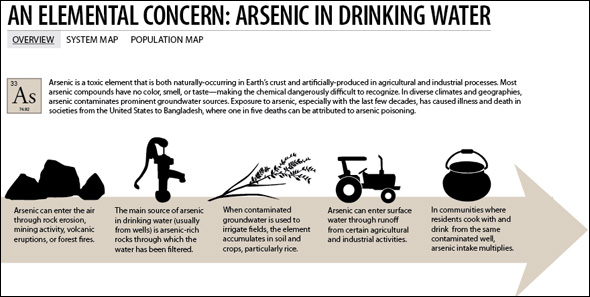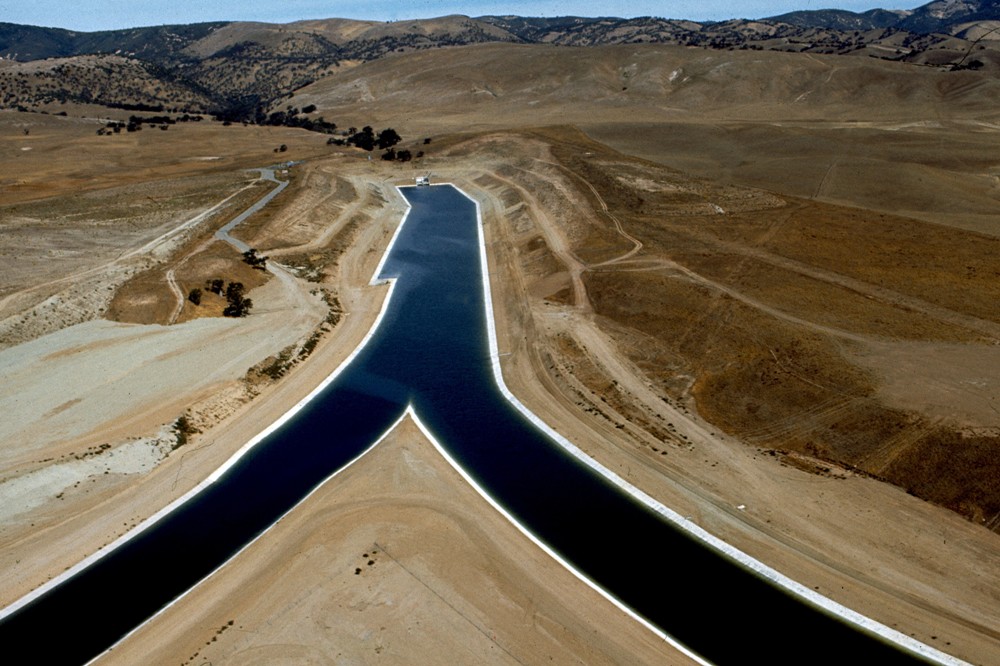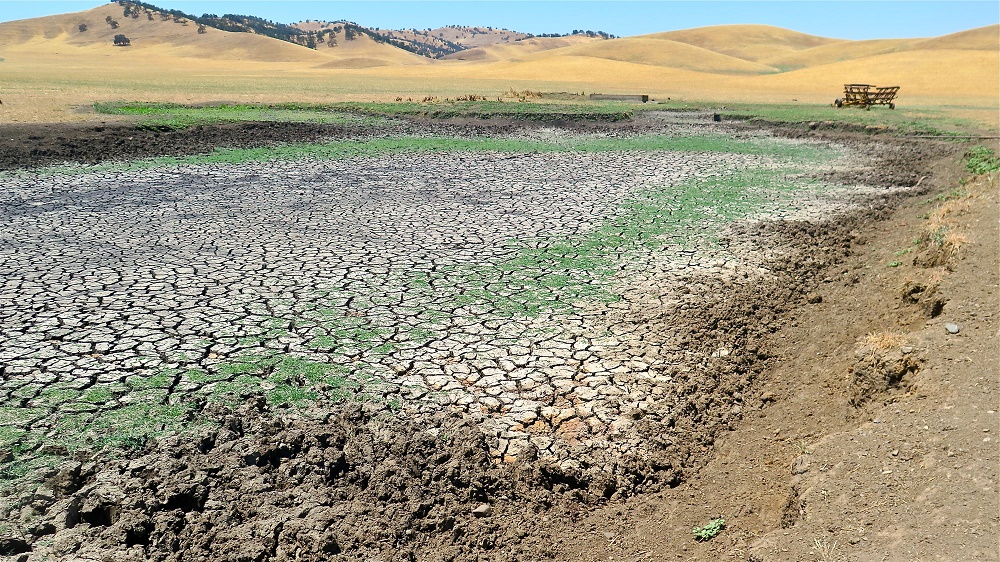The Stream, February 10: Hydropower Push
The U.S. Environmental Protection Agency released a draft plan outlining how it will go about examining the risks of shale extraction. Though several American cities have banned hydraulic fracturing over worries for water contamination, drilling for oil and gas is enjoying a bonanza in several U.S. states.
Growing opposition to an open pit gold mining project in Colombia signals an awakening of public concern over water pollution in the country, UPI reports. In neighboring Brazil, hundreds of indigenous Brazilians are protesting in the capital, Brasilia, against the construction of the $17 billion Belo Monte dam, slated to become the third biggest hydro-electric dam in the world when completed in 2015. The facility, which will displace 30,000 river dwellers and flood an area three times the size of Washington, D.C., is considered a crucial project for Brazil’s fast growing economy.
Dams have long been the status quo in South Asia. Chinadialogue explains some of the hidden implications of dam-building on the upper Mekong River, where hydropower development is enjoying a new life, and this time not just in China.
Severe droughts unlike anything we’ve seen in the modern era might have contributed to the fall of the Toltec and Aztec civilizations, a new study by the University of Arkansas says. And, the researchers add, the fact that the droughts occurred in the past means they could happen again.
The Stream is a daily digest spotting global water trends. To get more water news, follow Circle of Blue on Twitter and sign up for our newsletter.
, a Bulgaria native, is a Chicago-based reporter for Circle of Blue. She co-writes The Stream, a daily digest of international water news trends.
Interests: Europe, China, Environmental Policy, International Security.






Leave a Reply
Want to join the discussion?Feel free to contribute!